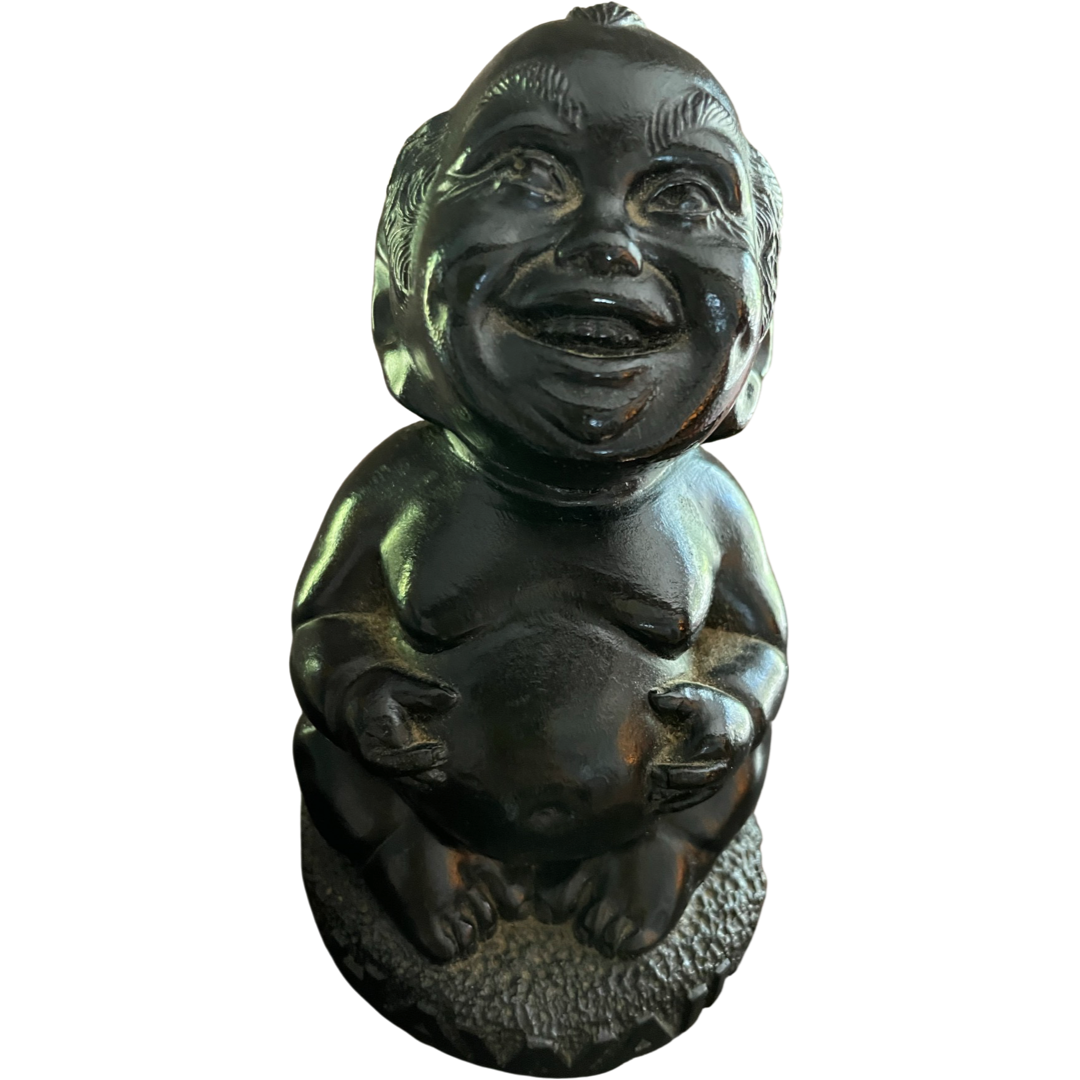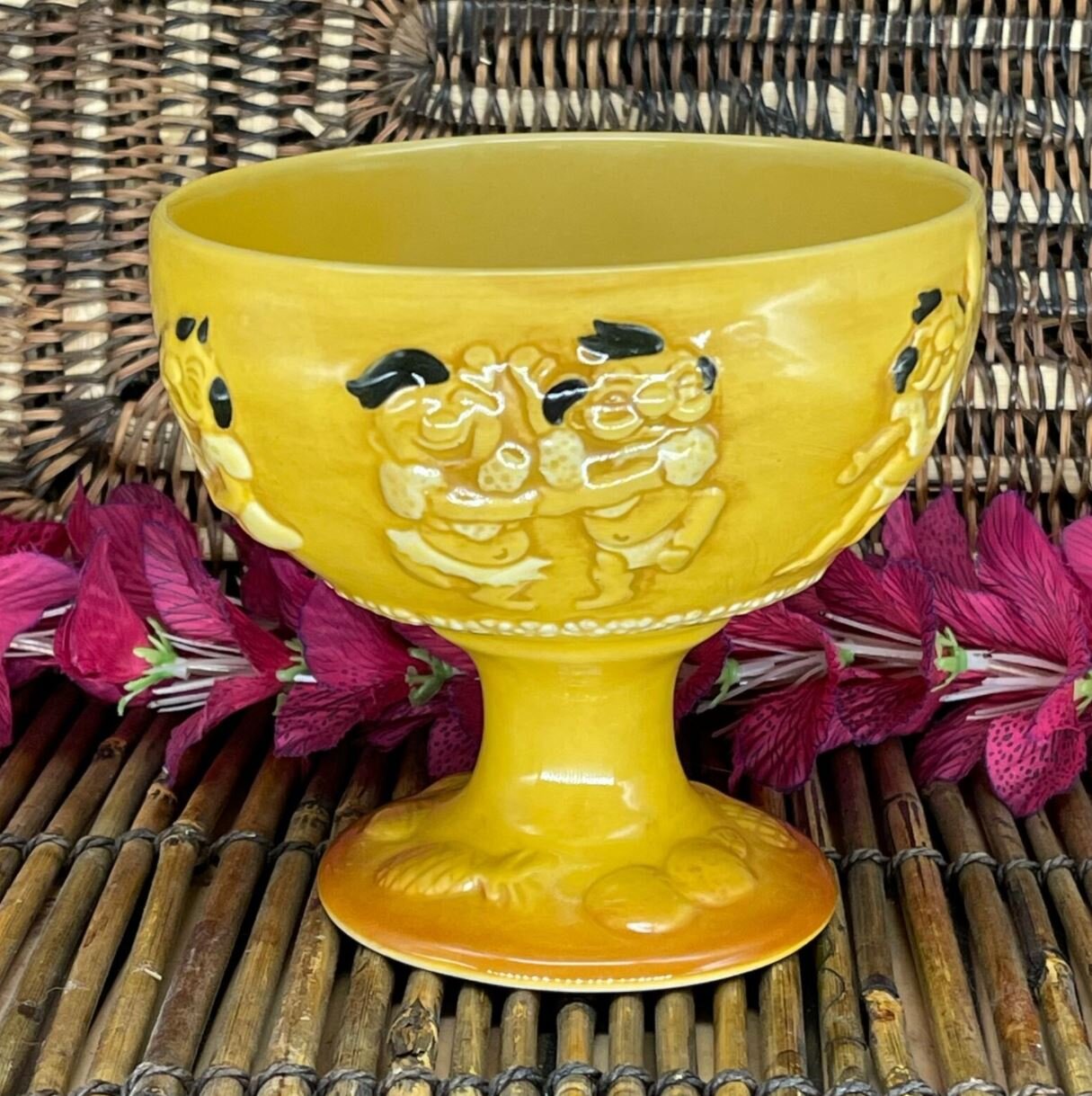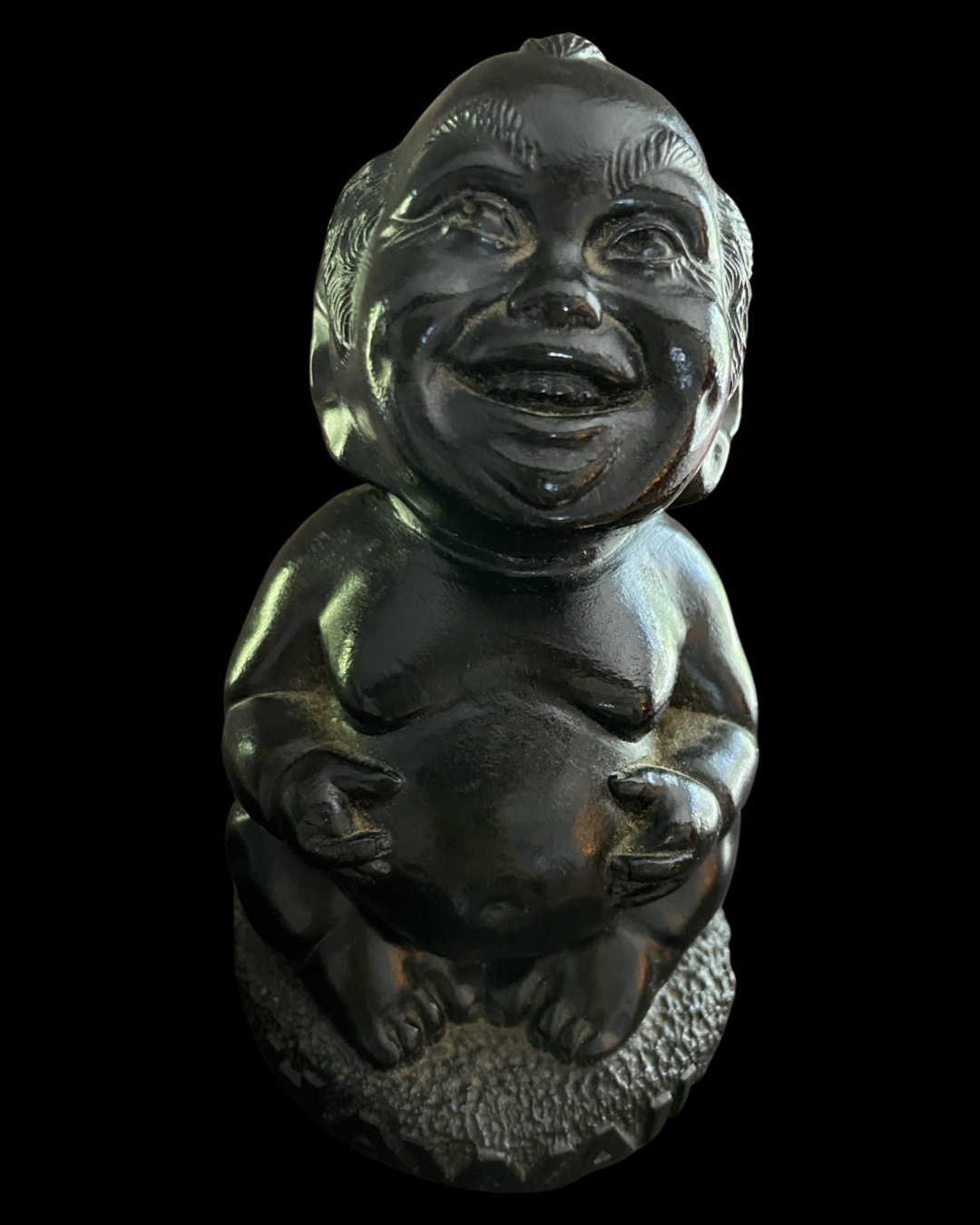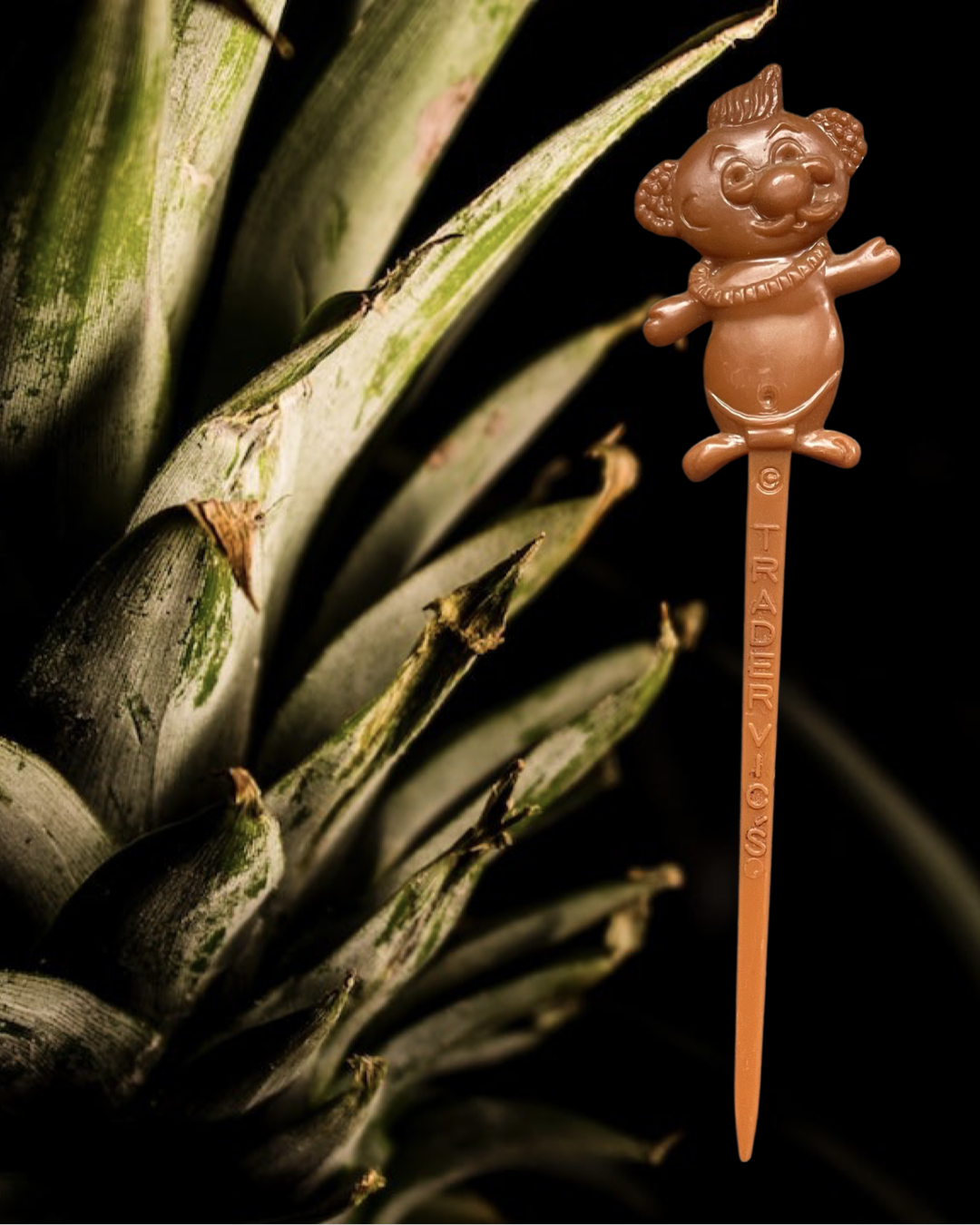The Enigmatic Menehune of Hawaii
Hawaii, a land of lush landscapes and rich cultural heritage, is home to many fascinating legends. Among these, the tales of the Menehune stand out, captivating the imagination of both locals and visitors alike.
The Menehune are said to be a race of small, dwarf-like people who possess extraordinary skills in craftsmanship and engineering. But more importantly for our purposes, they bring good luck to all who see them. Let’s delve into their mysterious world.
Origins and Characteristics
According to Hawaiian mythology, the Menehune were the original inhabitants of the Hawaiian Islands, long before the arrival of Polynesians. These elusive beings are described as being no taller than two feet, with a penchant for working under the cover of night. Their small stature is complemented by their immense strength and dexterity, allowing them to construct impressive structures in a single night.
Although archaeological evidence of their existence remains disputed, their legends persist. These skilled craftspeople were known for constructing boats, irrigation ditches, and fish ponds under the cover of night.
The Menehune are credited with building various ancient structures across the islands, including fishponds, temples, and roads. One of the most famous examples is the Menehune Fishpond on the island of Kauai. This aquacultural marvel, constructed with precise stonework, showcases their advanced understanding of engineering and resource management.
Much like elves, they worked tirelessly for the benefit of humans but rarely revealed themselves to other islanders. FWIW - a Menehune was reportedly seen at Waimea School In 1929.
Folklore ascribes supernatural properties to the Menehune. Many Hawaiians believe that encountering a Menehune brings good fortune. If we were to draw a parallel, Menehune are to Hawaiians what leprechauns are to the Irish. These pint-sized beings reside in banana-leaf huts and sustain themselves on pineapple and sugar cane. Their favorite flower is the hibiscus, and they are said to share a special bond with dolphins.
Menehune figurines would promise good luck and happiness. Notice the distinctive hand gesture.
A (painted) gold Menehune figurine from Coco Joe’s in Hawaii, House of Good Fortune Collection.
Lucky Charms and Souvenirs
Over the years, Menehune have become symbols of luck and happiness. Visitors to Hawaii can find an array of “good luck charms” depicting these elusive beings. Figurines promise good fortune, and their distinctive hand gesture adds to their allure. The Royal Hawaiian Mint even issued a souvenir coin featuring the Menehune, with the inscription “He Pomaikai I Ulia Wale,” meaning “Good Luck to You” in Hawaiian. Faithful readers already know that people in many ancient cultures believed that dwarves (and similarly “hunchbacks”) had apotropaic properties that could divert the evil eye.
Cultural Significance
In Hawaiian culture, the Menehune symbolize the ingenuity and resourcefulness of the island’s early inhabitants. They are often seen as guardians of the land, embodying the spirit of hard work and community. Stories of the Menehune are passed down through generations, keeping the legend alive and fostering a sense of wonder and respect for Hawaii’s ancient past.
"A Collectors' Item of Lasting Value and Increasing Interest"
"Menehune Money," a limited edition coin issued by the Royal Hawaiian Mint and characterized as “A Piece of Hawaiian Luck”
“This coin, from the Menehune’s lucky Calabash of Gold, is a unique souvenir of Hawaii. A Hawaiian Menehune is good luck to anyone who sees him."
Trader Vic’s
Trader Vic’s, a Polynesian restaurant chain, used a caricatured version of Menehune as a garnish for a drink they called “Menehune Juice.” According to the menu, “One sip and you may see a Menehune!” You can still buy Menehune salt and pepper shakers on Trader Vic’s website today.
Female and Male Menehune
Scorpion Bowl depicting Menehune
Trader Vic’s Menehune Juice Cocktail
Trader Vic’s Menehune swizzle stick, House of Good Fortune Collection.
From Stoneworkers to Cartoon Characters
The evolution of Menehune myths is fascinating. In the 19th century, they were described as spirits of the forest or hard-working humans, depending on the island. On Oahu, they were real people, while on Kauai, they took on a more supernatural guise. Eventually, they transformed from real beings to elves and, finally, to cartoon characters. By the mid-20th century, Menehune adorned product labels, from bottled water to macadamia nuts.
The enigmatic Menehune continue to weave their magic across the Hawaiian archipelago. Whether you encounter them in folklore, souvenirs, or your dreams, remember that these tiny guardians bring good fortune to those who believe.











